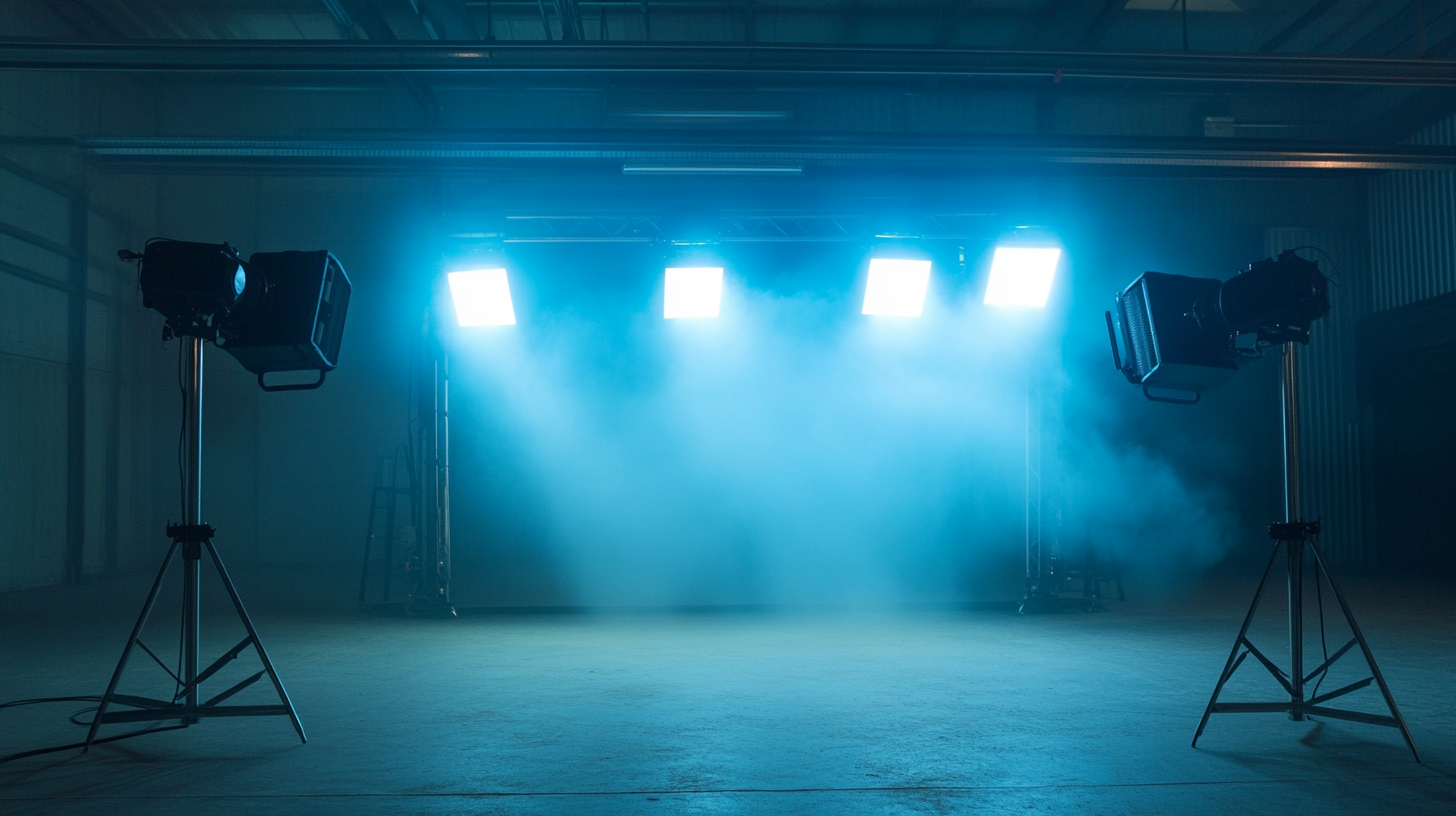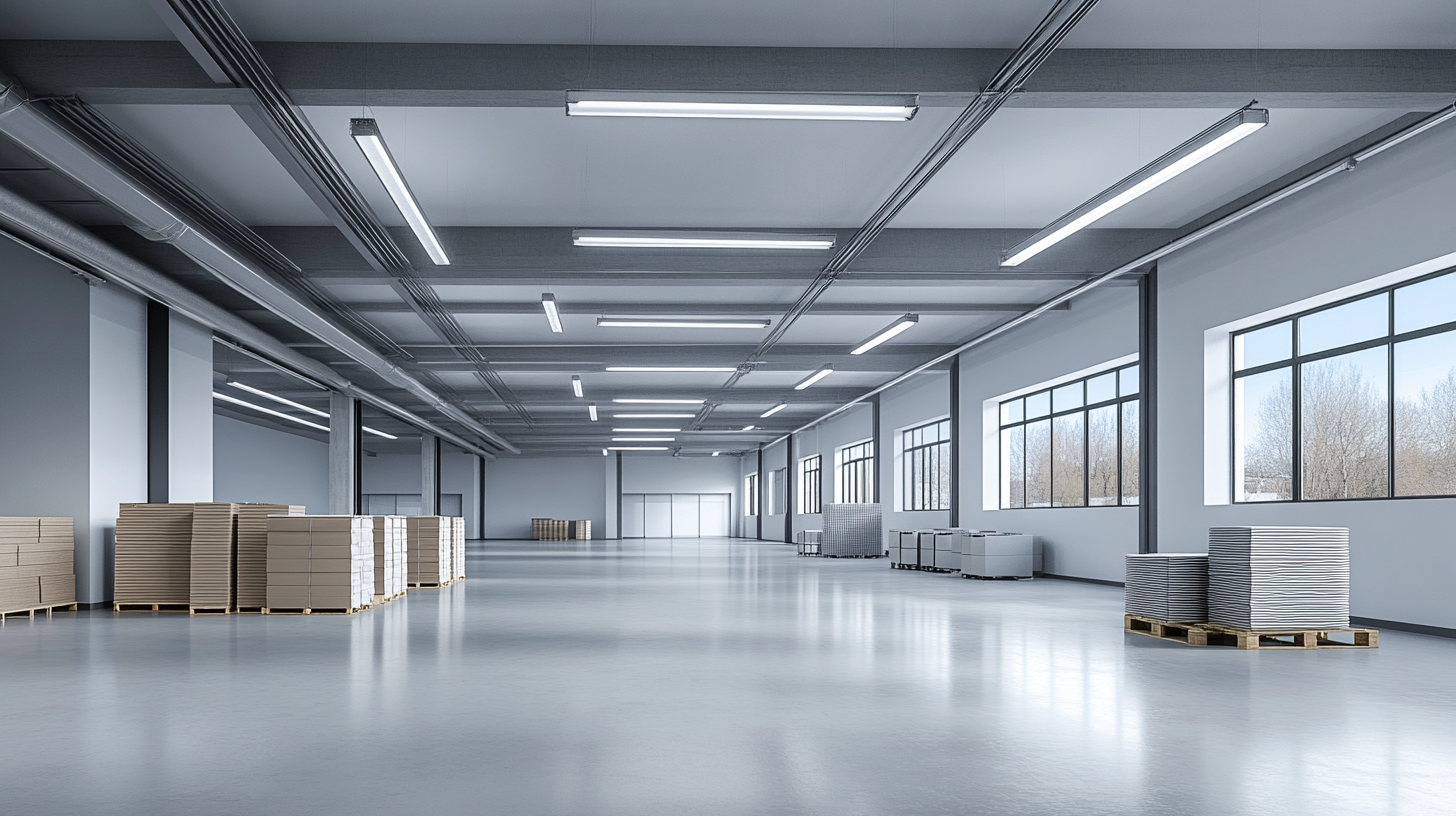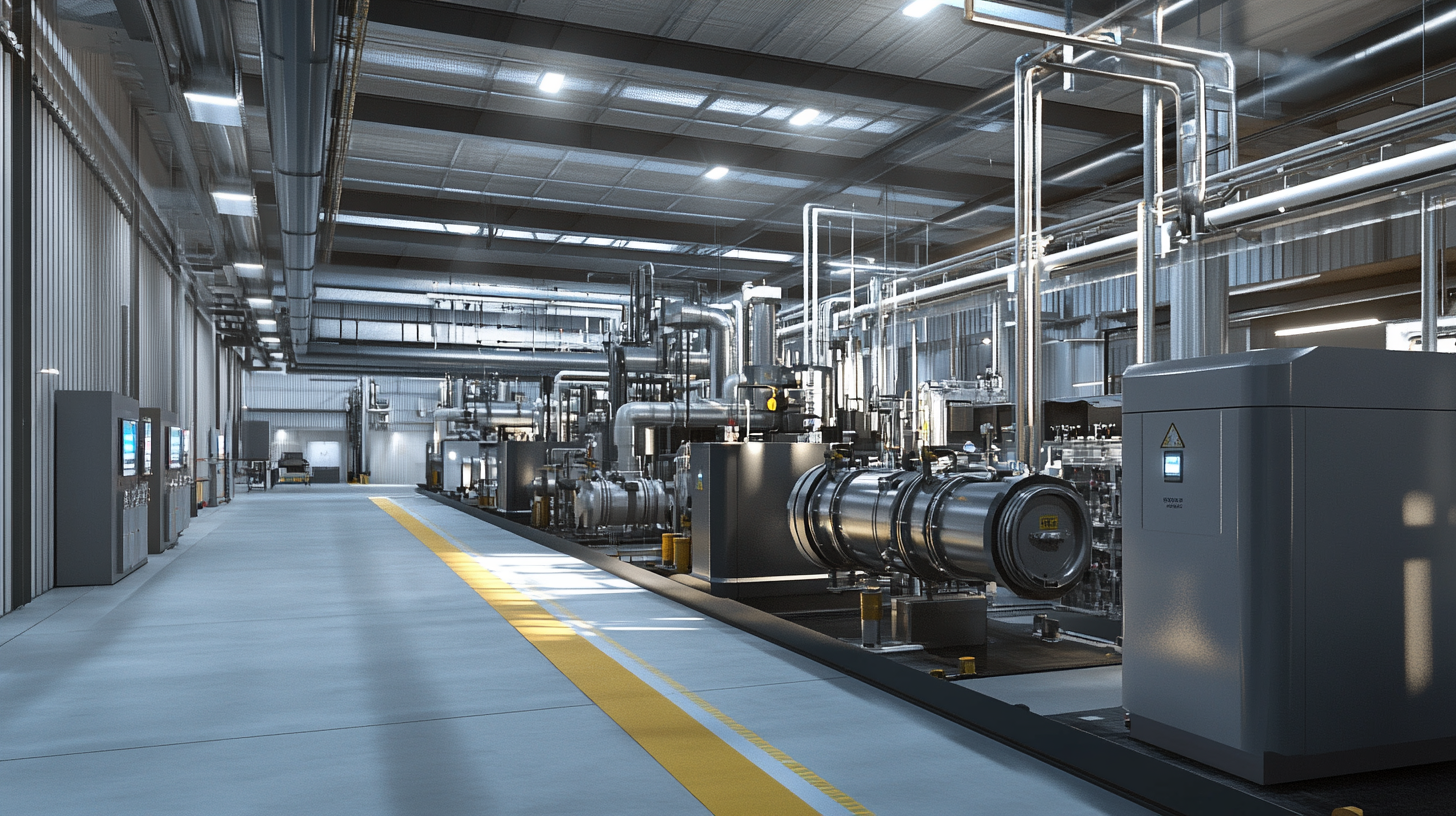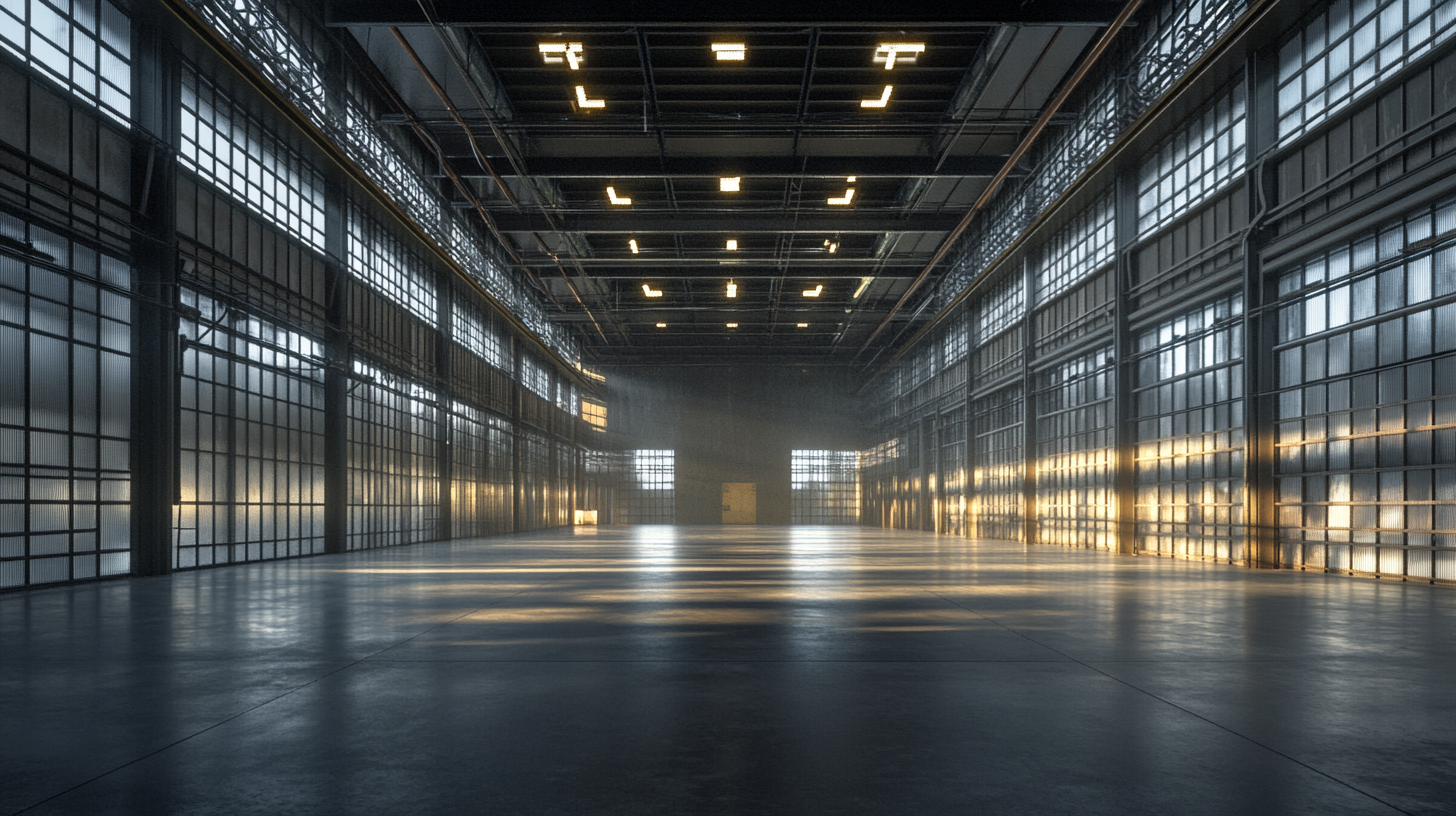Maximizing Efficiency Through Enhanced Lighting Lumens in Diverse Industrial Applications
In today’s fast-paced industrial landscape, optimizing operational efficiency has become a crucial focus for organizations across various sectors. One of the most impactful yet often overlooked factors in enhancing productivity is lighting. Studies have shown that effective lighting can increase employee productivity by up to 20%, proving that the quality of illumination plays a significant role in workspace efficiency. The measurement of light output, commonly referred to as Lighting Lumens, is an essential component in achieving optimal lighting solutions. According to the U.S. Department of Energy, improvements in lighting quality not only enhance visibility but also contribute to greater safety and morale, which ultimately leads to better performance and reduced operational costs.
As different industrial applications present unique challenges, harnessing the correct amount of Lighting Lumens tailored to specific environments is paramount. For instance, manufacturing facilities require bright, evenly distributed lighting to minimize shadows and ensure workers can operate machinery safely. Meanwhile, warehouses may benefit from focused lighting that enhances visibility in high-traffic areas, thus preventing accidents. A report by the International Energy Agency highlights that upgrading to efficient lighting technologies, such as LED systems, can lead to substantial energy savings—up to 50%—while simultaneously improving Lighting Lumens efficiency. Therefore, understanding how to maximize lighting capabilities can significantly transform operational processes, ultimately driving greater efficiency and profitability across industries.

Exploring the Importance of Lumens in Industrial Lighting Solutions
In the industrial sector, the significance of lumens in lighting solutions cannot be overstated. Lumens measure the total amount of visible light emitted by a source, which is crucial in environments where precision and safety are paramount. Recent reports from the Illuminating Engineering Society (IES) highlight that adequate lumens can enhance worker productivity by up to 20%. In settings such as warehouses, factories, and assembly lines, the ability to clearly see tasks can drastically reduce errors and increase operational efficiency. Moreover, the integration of LED lighting in industrial applications has revolutionized lumen output while significantly reducing energy consumption. According to the U.S. Department of Energy, LED technology can provide more than 100 lumens per watt, compared to traditional incandescent bulbs, which offer around 15 lumens per watt. This remarkable advancement not only leads to lower electricity bills but also reduces the need for frequent replacements, further optimizing maintenance costs. Additionally, achieving the right lumen levels can directly influence employee safety. The National Institute for Occupational Safety and Health (NIOSH) reports that poor lighting conditions contribute to a high percentage of workplace accidents. Properly designed lighting that optimizes lumens can create a safer working environment, ensuring that employees can perform their tasks without the hindrance of inadequate visibility. Thus, understanding and implementing effective lumen levels in industrial lighting not only boosts efficiency but also fosters a culture of safety and well-being among workers.

Key Benefits of High Lumens for Enhanced Worker Productivity
In industrial environments, the importance of optimal lighting cannot be overstated. High lumens, which measure the brightness output of lighting, contribute significantly to enhancing worker productivity. In areas where tasks require precision and concentration, such as assembly lines or maintenance workshops, bright lighting ensures that employees can see clearly and operate safely. Increased visibility reduces the likelihood of errors, ultimately streamlining workflow and improving overall efficiency.
Moreover, enhanced lighting can positively affect worker morale. A well-lit workspace creates a more inviting and stimulating atmosphere. Studies have shown that adequate lighting not only aids in reducing eye strain but also fosters a sense of well-being among employees. When individuals feel comfortable in their environment, they are more likely to remain engaged and motivated throughout their shift. This psychological boost translates into higher levels of output and creativity, essential components in a competitive industrial landscape.
Furthermore, utilizing high-lumen lighting can also lead to energy savings in the long run. While the initial investment in high-quality lighting systems may be substantial, the reduction in energy consumption and maintenance costs makes it a worthwhile consideration. By maximizing light efficiency, companies can create a safer, more productive work environment while simultaneously being mindful of their environmental footprint. Enhanced lighting solutions are thus a strategic choice for industries aiming to elevate both worker productivity and operational efficiency.

Optimizing Lighting Designs for Different Industrial Environments
In the ever-evolving landscape of industrial applications, the role of lighting cannot be overstated. Optimizing lighting designs for different industrial environments is crucial not only for enhancing efficiency but also for ensuring safety and productivity. Each industrial setting, whether a manufacturing facility, warehouse, or assembly line, presents unique challenges that require tailored lighting solutions. By understanding the specific needs of each environment, businesses can select the appropriate lumens to maximize visibility and minimize energy consumption.
For instance, in a manufacturing plant where precision is key, high-quality, bright lighting that reduces shadows and glare can significantly improve both the accuracy of work and the overall workflow. Here, LED lights with adjustable lumens enable operators to adapt the intensity based on current tasks, thereby enhancing focus and reducing eye strain over time. In contrast, a warehouse setting may benefit from broader, more diffuse light sources that provide adequate illumination across vast spaces without wasting energy on overly bright spots where they aren't needed.
Moreover, different industrial applications may also require varying color temperatures to enhance visual comfort and task performance. Warmer tones might be preferable in areas where workers spend extended periods, while cooler tones can help invigorate spaces where quick decision-making is critical. By understanding and implementing effective lighting strategies that are environment-specific, industries can not only meet regulatory standards but also create spaces that promote worker well-being and productivity.

Case Studies: Successful Implementations of Enhanced Lumens
In the quest to optimize industrial efficiency, enhanced lighting lumens have proven to be a game-changer across various sectors. Case studies reveal the transformative impact of increased lumens on both productivity and energy savings. One notable example is a manufacturing facility that redesigned its lighting system to triple the lumens output. The result was not only a brighter workspace, but also a marked improvement in worker performance and morale. Employees reported fewer accidents and an increase in overall job satisfaction, attributing these changes to better visibility and reduced eye strain.
Another compelling case involves a logistics company that implemented enhanced lighting in its warehouse environment. By utilizing LED fixtures with higher lumens, the company achieved improved accuracy in picking and packing processes, leading to a significant reduction in operational errors. Additionally, the enhanced illumination enabled the warehouse personnel to work more efficiently during night shifts, extending productivity hours without compromising safety. This initiative also resulted in a noticeable decrease in energy consumption, showcasing that better lighting does not merely enhance visibility, but is also a sound investment in sustainability.
The success stories from these diverse applications underscore the importance of tailored lighting solutions. Industries that adapt to enhanced lighting systems can not only boost their operational efficiency but also foster a safer and more conducive work environment. As these case studies illustrate, the strategic implementation of higher lighting lumens can yield substantial returns on investment, emphasizing the integral role of effective lighting in the contemporary industrial landscape.
Future Trends in Industrial Lighting and Its Impact on Efficiency
As industries evolve, the future of industrial lighting is set to play a crucial role in maximizing operational efficiency. Recent reports indicate that transitioning to advanced LED systems can enhance lighting efficacy, resulting in savings of up to 80% in energy consumption across various sectors. According to a study by the U.S. Department of Energy, LEDs not only provide higher lumens per watt but also offer longer lifespans, significantly reducing maintenance costs and downtime.
Moreover, the integration of smart lighting systems equipped with IoT capabilities provides manufacturers with real-time data on energy use and operational performance. A report from McKinsey suggests that intelligent lighting can lead to additional energy savings of around 20% by allowing facilities to adjust brightness based on actual needs rather than fixed schedules. As these technologies mature, they foster an adaptability that benefits both productivity and environmental sustainability.
Looking ahead, trends show a rise in the adoption of tunable white lighting, allowing for the adjustment of color temperature to enhance worker performance and well-being. This capability is particularly relevant in environments where tasks demand high precision, such as in manufacturing and assembly lines. Research has shown that appropriate lighting conditions can reduce errors and increase productivity by up to 25%, highlighting the significant impact of lighting on operational efficiency in diverse industrial applications.
 Skip to content
Skip to content
